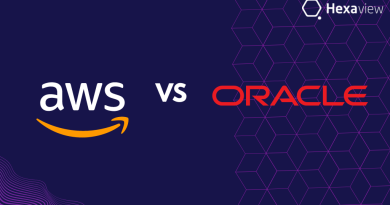LMS Pricing Models That Vendors Offer
As LMS popularity grows, so does the curiosity about LMS pricing structures. The search for affordable online learning solutions is to be affordable and make eLearning accessible on a greater scale than ever before.
To come up with the greatest online learning plan, companies must analyze the many types of LMS pricing models available to get as much value for their budget as possible. Organizations that analyze the pros and cons of every method based on their characteristics, from their scale to the number of workers to compliance demands, and much more, make the best price selections.
Vendors use multiple pricing models to make it widely accessible and increase the use of LMS systems worldwide. Let us go through some of the most common pricing models:
- The ongoing license fee
A continuous license price covers the cost of purchasing a learning management system over a certain period of time. The organization has unlimited access to the LMS for the duration of the license. This LMS price structure is less common. It is often selected by major organizations with the financial resources to spend so much on their learning platform. Most major companies are worried about data protection, so they opt for a continuous license strategy.
Continuous licenses are particularly helpful for businesses that can more accurately forecast the growth and use of the service and consequently opt-in to pricing for that customer base. Continuous licenses may offer extra benefits for contract extensions and lower costs for contract terminations that are completed early.
- Monthly users
Some businesses choose a pricing model based on the number of monthly users who have signed up for the website. Every billing cycle, the company is paid a predetermined, constant sum for every user who has been introduced to the LMS. This is a preferable option for organizations that want to know what their bill prices will be.
For example, this type of LMS pricing model might be appropriate for firms that only need to train particular employees once a month. As said before, you must be aware of your charges if you exceed that limit.
- Monthly active users
Far from the monthly user model that allows for overpaying, one of the most cost-effective LMS price choices simply considers platform usage. Companies with a monthly active user price model may have a large number of registered users on the LMS, but they will only be paid for the percentage of users who are actively using it. Despite the unpredictability of usage and payment, this pricing model saves money and is ideal for small businesses and startups that are looking to expand.
It also ensures that you don’t overpay for your platform when it’s not in high demand. Some companies will charge a fee per user, while others will employ a level-based structure to ensure pricing is as flexible as possible.
- Open-source Platform
Open source platforms like Thinkific Review are simple to use. Creating lessons to respond quickly to our organization’s learning demands has been seamless. Many companies hire service providers to help them set up, maintain, configure, and train their staff on how to use the LMS. Because the platform’s appearance and feel are likely to be basic, firms may feel compelled to personalize it and that level of personalization comes with a cost.
This option is perfect for businesses that already have an IT department that is capable of making the necessary improvements to a fully accessible LMS platform.
Conclusion
When choosing an LMS for a company, cost is a key factor. Pricing models for LMS vary depending on the number of users and features. Choose the LMS pricing plan that gives you the most value for your money while also satisfying your learning goals.




